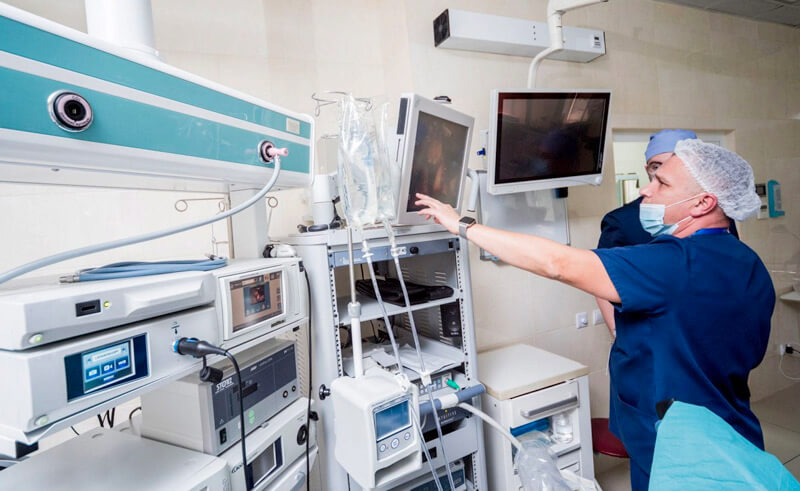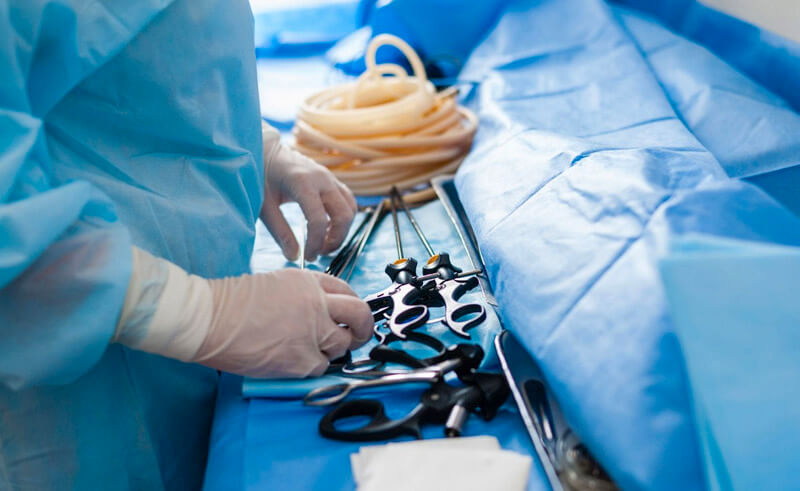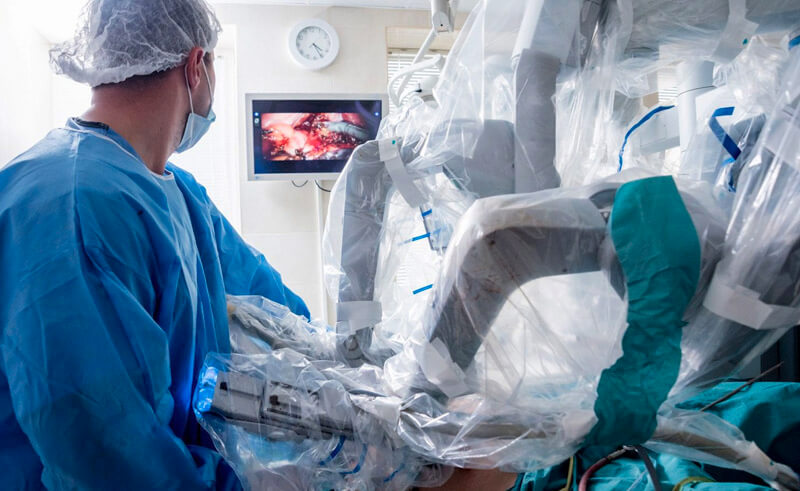Gynecological Surgery & Procedures:
Minimally Invasive Surgery & Procedures in Littleton, CO
Our providers here at Littleton Gynecology and Wellness can perform both open and minimally invasive surgeries. We are located next to Littleton Adventist Hospital, and our office has providers who are licensed to perform gynecological procedures and surgeries. We can take care of hysterectomies, dilation, and curettage procedures, ovarian cyst removals, myomectomies, and more. When it comes to your reproductive organs, the surgical procedures our Littleton providers offer are more than comprehensive.
Diagnostic Laparoscopy
Dilation & Curettage
Laparoscopic Tubal Ligation
Ready to Get Started?
Begin by filling out the appropriate assessment form.

Women's Assessment

Men's Assessment
Diagnostic Laparoscopy Procedure in Littleton
A diagnostic laparoscopy procedure is a surgical procedure done laparoscopically to examine organs in the abdominal area and diagnose visible conditions. Depending on the problem areas and the conditions being examined, diagnostic laparoscopy can take anywhere from 30-60 minutes. Because a laparoscope is so thin, it can be inserted into a small incision to reach the internal organs in a minimally invasive way.
Surgical Sterilization in Littleton
Our laparoscopic tubal ligation procedure, also called female sterilization, or “getting your tubes tied,” is an operation that prevents pregnancy by closing the fallopian tubes. It’s a safe, minimally invasive surgery that is one of the most effective ways to prevent pregnancy. Because of this, our Littleton providers would not recommend that you have a laparoscopic tubal ligation procedure done if you may ever want to get pregnant in the future.
Dilatation and Curettage Procedure in Littleton
Dilation and curettage are a gynecological procedure that involves dilating the cervix and curetting the uterus. The dilation and curettage procedure is done to treat heavy bleeding or diagnose other abnormal endometrial conditions, or to clear the uterine lining after a miscarriage or abortion. Sometimes, this procedure will be done to remove a molar pregnancy, clear excessive placenta that remains after delivery, or remove polyps on the cervix or uterus.





